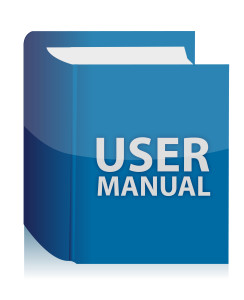Good Business Writing Attracts Good Business

Poor business writing can never be undone, the American Marketing Association cautions in Business Writing Tips for Professionals. “It can cause you to lose business to your competition and could even cost you your job.”
Good business writing, on the other hand, is marked by using a strong, active voice, avoiding company acronyms and buzzwords. “Be clear, concise, and get to the point,” guiding readers by including a clear call to action, The AMA advises.
One AMA tip I found particularly relevant for business blog content writers is this: “Replace hyperbole with solid facts and reputable testimonials. Phrases like ‘We’re #1’, ‘We’re the leader in our field’, or ‘We provide the best service’ aren’t going to get you anywhere.”
I couldn’t agree more – blogging is not boasting. In fact, the whole idea behind blogging is that, rather than running traditional ads for your brand of hats, or vitamins, or travel, you provide lots of information on the history of hats, on why vitamins are good for you, and about exciting places to go on safari. Consumers interested in your subject, but who never even knew your name, come to see you as a resource. When blog readers follow your “calls to action” by phoning your business, faxing in a request or an order, signing up for your newsletter, subscribing to your blog through an RSS feed, or by proceeding to your shopping cart to buy your product or service, you know your blog marketing strategy is working.
But there are millions of other blogs out there for searchers to find, so what is it that can transform yours into a powerhouse? Fellow blogger Michel Fortin answers that question in one word: PROOF! People are skeptical, he explains, today more so than ever before. If there’s reasonable doubt, you’re going to lose the sale.
There are several kinds of proof you can use:
- Factual proof: Offer statistics about the problem your product or service helps solve
- Reverse proof: Compare your product or service with others that are on the market.
- Credentializing proof: Tell about your years of experience, degrees, newspaper articles you’ve written or that have been written about you.
- Evidential proof: Clinical trial results, testimonials, company or professional awards.
“A well-written article or report can be like that Porsche 911 Turbo, “the AMA concludes. “It will generate a ton of new business in half the time with more fun.”





Follow us online!